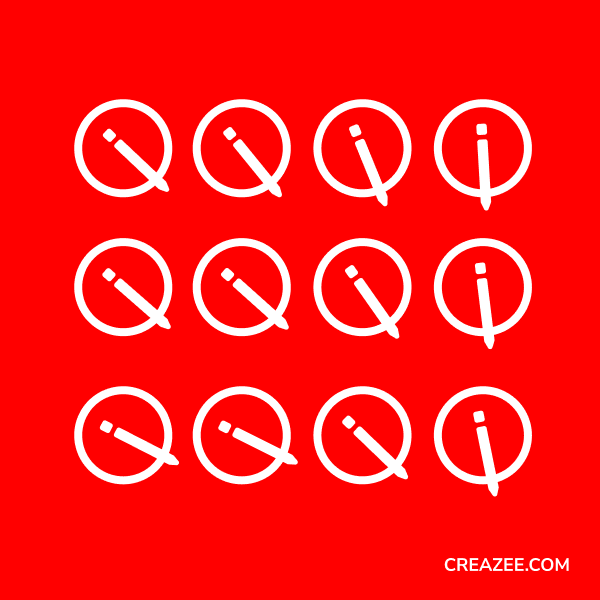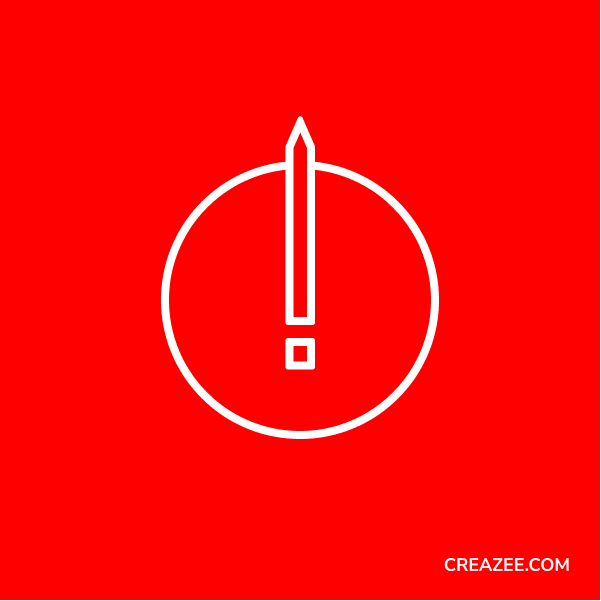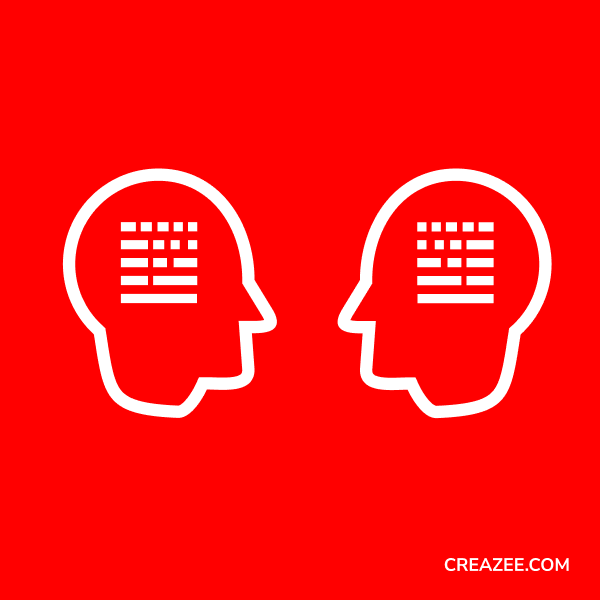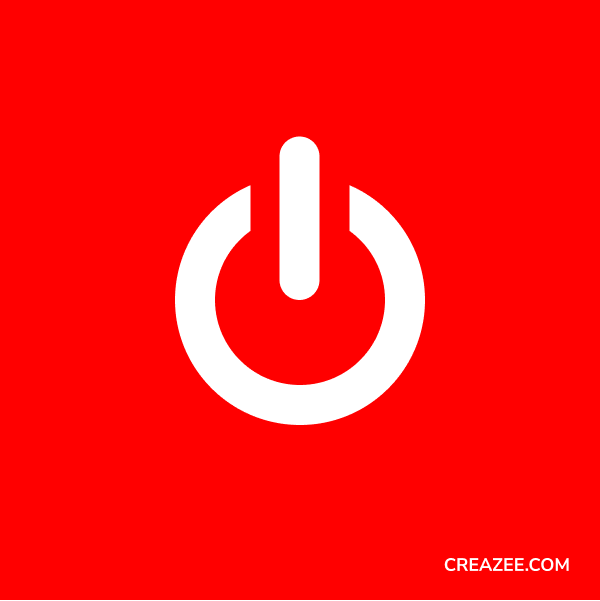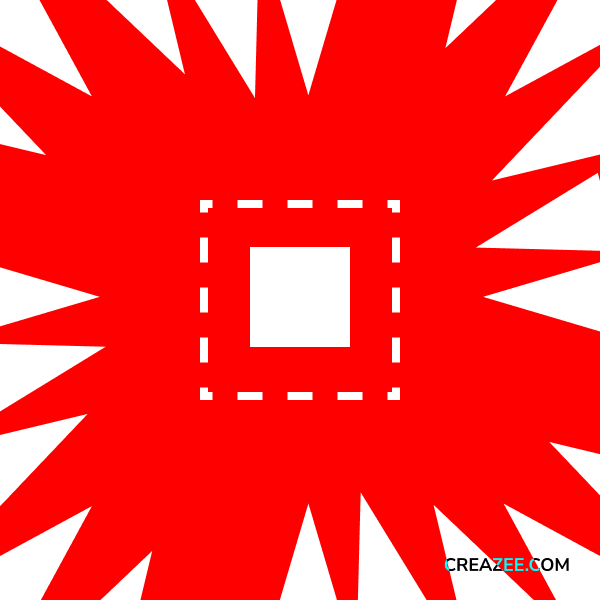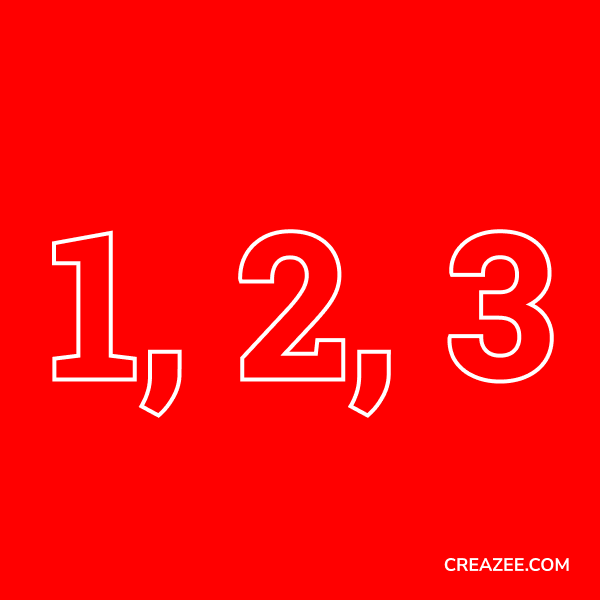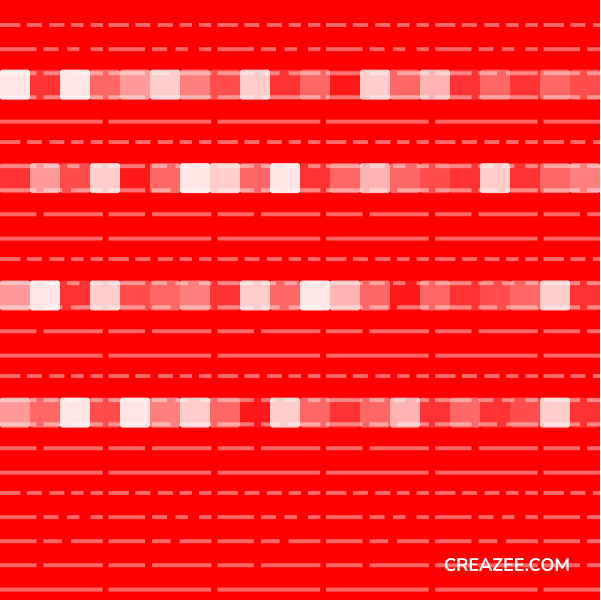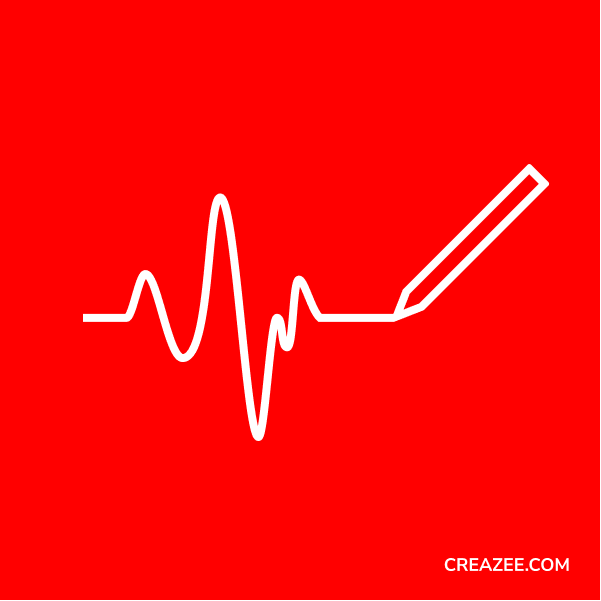I am a visual person.
Drawing requires time, writing can be quick and efficient, so I used to write frequently.
I always took a lot of notes. I used to draw drafts, diagrams, and abstract scenes, all the time.
About anything and everything. Ideas for Dungeons & Dragons characters and campaigns. Ideas for Computer Graphics Algorithms. Tasks to do. Things I did. Memorable scenes from a movie. Contact names and details. Concepts related to work: how certain things connect, exemplifying complex structures, Things to research further. Nice words. Funny names.
Quotes from books or songs.
A Never Sleeping Brain
Ideas come to my mind while sleeping or taking a shower—dreams about saving the world. Being a better person, understanding reality.
I would write about everything and everywhere before the Digital Era.
I have one great regret: almost all of those writings are gone, forever. What remains is mostly useless now. I have lost its context. What was I thinking? Whose phone number is this? Why was that relevant?
A massive amount of thoughts was wasted. Those thoughts are part of my life and made me who I am right now, but I have no memory of them and no proof of their existence.
Writing as Self-Reflection
When I have some intense feelings or experience important events in my life, I feel the urge to write them down from time to time. They’re private.
Until I can’t contain them, so, here is the magic, I write about them.
Where? How? When? for Whom?
Instead of conceding them to the fate of flying papers, I have my double-backed-up document folder in which I can keep a digital document for more than one year and, hopefully, for more than one century.
It’s private, and it’s a safe place to think on my own. Nothing is forbidden. Everything is allowed. Of course, I am talking about thinking and writing, don’t get me wrong. Nobody can read my private thoughts. I can think whatever is flowing through my mind. I fear no judgment besides my future self when I will reread it.
A Safe Space to Change Yourself
Establishing a safe, secure, comfortable space to store your thoughts, in addition to creating a safe space in the real world to dedicate your focused time to think and write, is something that can change your life forever.
We’re social beings, but if we don’t have our intimate, safe mental space, we risk never emancipating ourselves, or at the worst, our sanity.
That is why I write.
Writing is Thinking and Remembering
Writing for me is thinking. How can you not think? You are thinking, right now.
But in a few moments, it’s lost. It’s water flowing in a stream. You have only your memory to help.
And your memory is severely tied to you being a wonderful but limited human being, with a lot of biases and forces pushing you to adapt your memory to your physical existence. Meaning, you can trust your memory up to a certain point.
Stop Repeating Thoughts
One simple consideration bugged me in all of those years: I discovered I used to frequently and repeatedly a certain set of thoughts, since forever.
Isn’t this a waste of time? How did I evolve? How are my thoughts improved and grown since the first iteration?
Not as much as if I could keep track of them! Combine them! Evolve them by connecting them!
Freeze Your Thinking Sessions
You could develop a fantastic memory and live in a mental palace allowing you to retrieve thoughts and concepts with absolute fidelity. Like when you suspend your working session on your computer, and you resume it precisely from where you were.
Or, you just write.
Free your Brain and Keep Track of Your Life
What happened yesterday? Was it helpful to remember that statement? What was the chain of thoughts leading me to have that breakthrough? What did that client say about my work? How should I change it?
Think about another thousand questions about moving to the next step of your life.
Shall you start each time from scratch or trying to make an effort to remember everything?
Neuroscience says the opposite; the more your brain is clear, the more you can focus on the present time.
You cannot put everything into your brain.
That is why you need another place to store your relevant memories. You need an external brain, an augmented one!
That is why I write.
Think Better Through Writing
I want to evolve my thinking. I want to put my thoughts on trial. I want them to become more powerful, more creative, more original, more connected. More!
What’s the best way to do it?
Writing.
It’s only after many failures in trying to build writing habits that I finally succeed.
I have a lengthy collection of incomplete diaries. Up until 2019. The magic year. On the 24th of September 2019, I started with a commitment to write every single day, for one year, at least 500 words or for at least 30 minutes, and I’ve ended up writing half a million words.
Write to Live Better
And then there is life. Making you feel bad, hurt, resentful, angry. You can decide to react according to the moment and, possibly, smashing the first thing at hand. Besides all the possible outcomes of your impulsive reactions, there is a way to learn to be different and better.
What really can help you in being more conscious and self-aware?
Writing about how you feel and why.
Writing about what happened to you and how you reacted.
Live better. Write.
